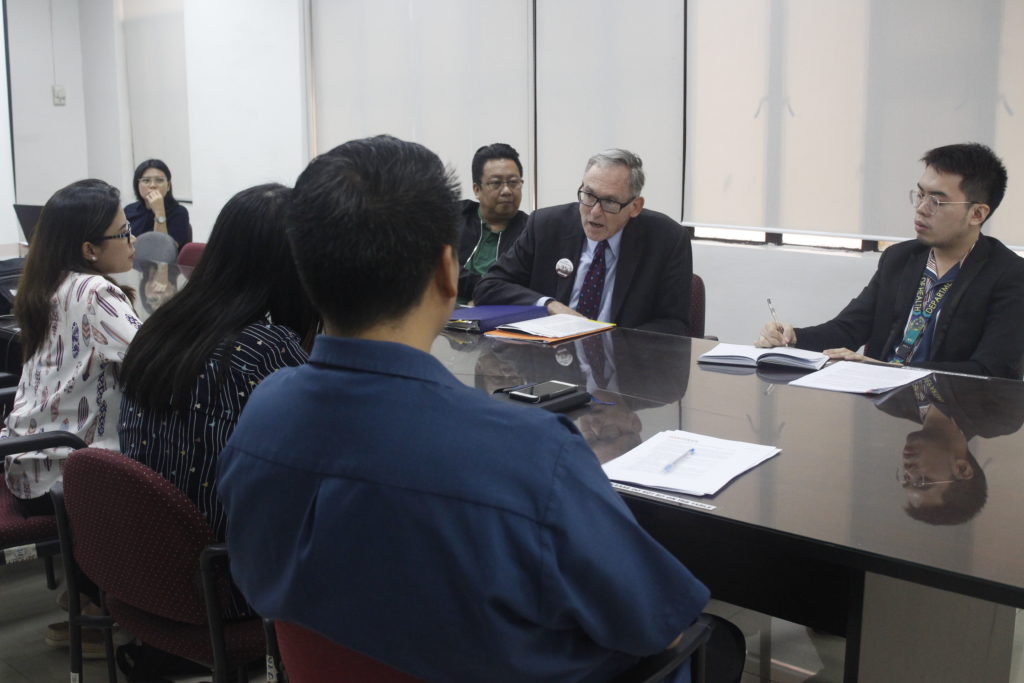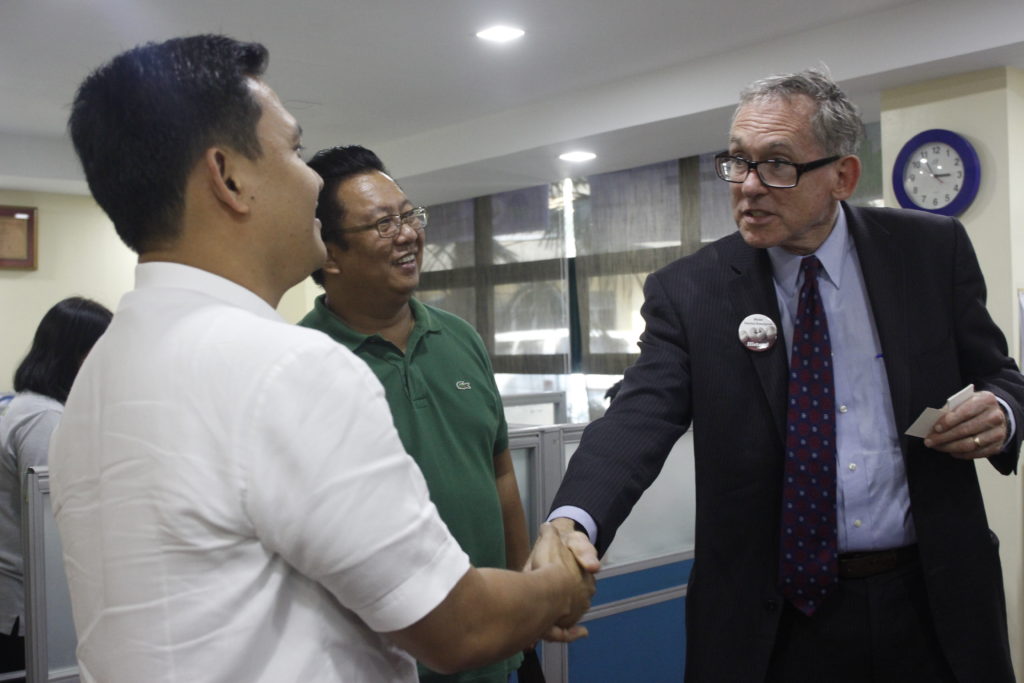QUEZON CITY, 5 March– Public health and environmental justice groups World Alliance for Mercury-Free Dentistry, BAN Toxics and Zero Mercury Working Group called on the phase-out of dental amalgam for vulnerable sectors children, pregnant women, and nursing mothers by the year 2020.
“We at BAN Toxics and as part of the Zero Mercury Working Group are working with the World Alliance for Mercury-Free Dentistry in campaigning for the phaseout of dental amalgam for children, pregnant women, and nursing mothers. We believe that it is essential to protect these vulnerable sectors against potential hazardous effects of mercury in dental amalgam,” BAN Toxics Deputy Executive Director Mr. Reynaldo San Juan explained.
World Alliance for Mercury-Free Dentistry President Atty. Charlie Brown visited the Philippines on March 11-12, 2019 and met with BAN Toxics to strengthen their campaign strategies in the country. “It is high time for us to phase-out the post-world war dental technology. We should protect the life of the (vulnerable sector’s) tooth, not the life of the filling,” Atty. Brown said.

World Alliance for Mercury-Free Dentistry President Atty. Charlie Brown discusses with the Department of Health (DOH) on the agency’s efforts in phasing out mercury in dental fillings.
BAN Toxics and Atty. Brown met with government agencies Department of Health (DOH) and Department of Environment and Natural Resources (DENR) lobbying for their support in the campaign.
Dental amalgam also known as ‘silver fillings’ are used in dentistry to fill cavities caused by tooth decay. Unknown to many, it is a mixture of silver, tin, copper, and mercury, a known toxic. Depending on tooth characteristics and cavity size, the average tooth filling can contain 3 to 4 grams of mercury. Applying dental amalgam is invasive because it removes healthy teeth membrane, leaving the tooth shallow.
During the bilateral meetings, the World Alliance President emphasized that there exist less invasive alternatives that are teeth-friendly and will not compromise human health and the environment. “Some of the alternatives include composite and glass ionomer,” he said.
Composites are adhesive resin-like material which allows for less tooth destruction while glass ionomers have properties known to prevent dental caries. “Both are more aesthetically pleasing, unlike amalgam which is of a different color to the teeth,” Atty Brown explained.
For their part, the government agencies pledged their support to the efforts. Engr. Jocelyn Soria, Supervising Health Program Officer- Occupational Diseases Division of DOH mentioned that the agency is currently on the final draft of the Administrative Order (AO) on prohibiting dental amalgam for subgroups children, pregnant women, and nursing mothers. The agency hopes for the AO to be approved this year. Mr. Joe Amil Salino on behalf of the DENR-Environmental Management Bureau related that the Chemical Control Order (CCO) on Mercury which prohibits, limits or regulates (among others) mercury use is under the review of the technical working group of DENR. After their review, the document will be sent to DENR Secretary Roy Cimatu for his signature.
“We are very pleased with the results of the bilateral meetings with DOH and DENR. We look forward to concrete action against dental amalgam in 2020,” Mr. San Juan said. “We also hope that before then the government has ratified the Minamata Convention on Mercury,” he added.

BAN Toxics Deputy Executive Director (DED) Mr. Reynaldo San Juan, Jr. introduces Mr. Joe Salino, Project Coordinator of the Philippine Minamata Initial Assessment (MIA) Project to World Alliance President Atty. Charlie Brown.
“Let’s win together in Pilipinas in 2020,” Atty. Brown said.
